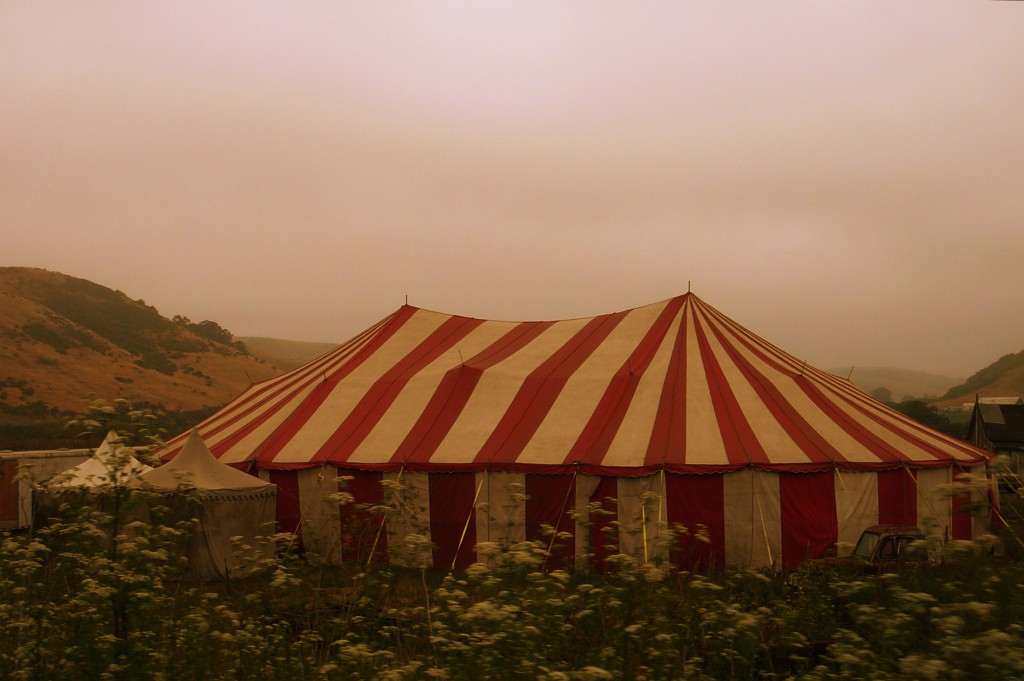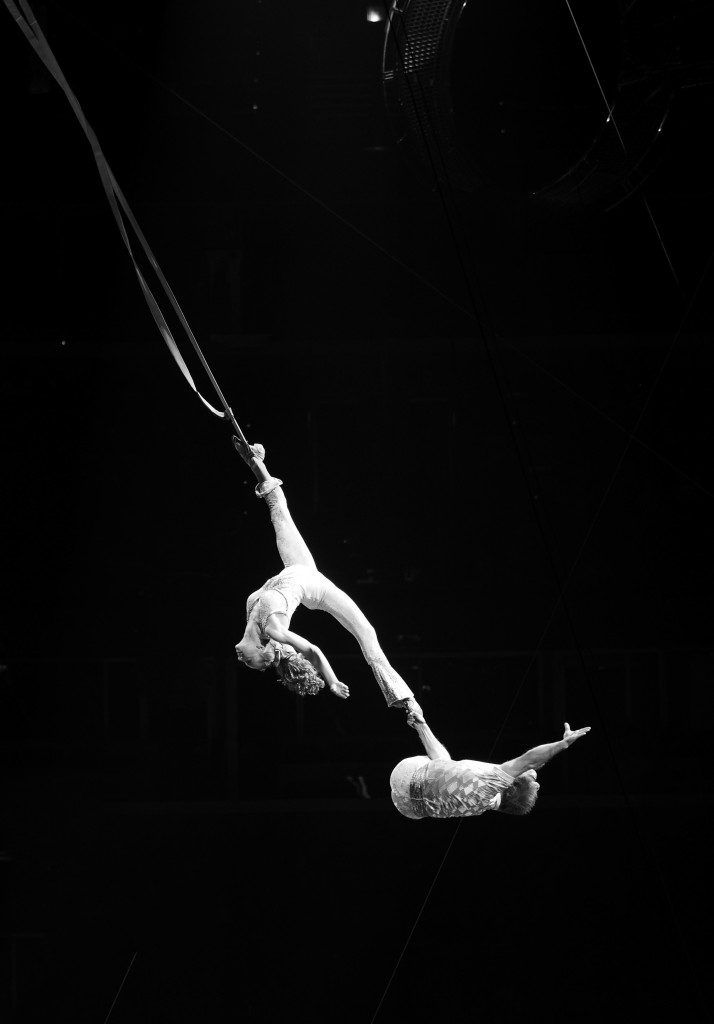The Greatest of Ease: Part 1
He’d fly through the air with the greatest of ease,
That daring young man on the flying trapeze.
My study of coordination began with singing. At some point, my natural propensity was insufficient to get me doing what I wanted. It was at this point that I started to study and wonder about different singers and various styles of singing: how are they doing what they’re doing?
I listened, I tried things, I wondered. I asked and observed. The obsession persisted. It took me through the study of sargam, solkattu, Kec´ak, North Indian classical singing, Bulgarian singing, Western classical and contemporary music. I was well obsessed. Anything I read or heard that resonated with me became a strand in the web I was building- learning how people do what they do when their work is extraordinary.

Singing in Cirque du Soleil’s “O” was the beginning of my specific study of coordination in other fields. Watching the artists on stage—pantomime Benedikt Negro, acrobats, synchro swimmers, high-divers, trick divers, contortionists, aerial hoops, trapeze, and Washington trapeze (done on your head) and Toumany Kouyate, the amazing singer and kora player from Senegal. As I sang each show, I had the view of a lifetime; seeing these astounding humans performing extraordinarily, twice a night, 10 shows per week.
I wondered.
How are they doing what they’re doing?

How much of this is about the individual artists natural ability? How much of this has to do with how they’re doing what they’re doing?
By this time I had begun to seriously study the Alexander Technique with Eileen Troberman, and it was revolutionizing my life and performance. I was transcending limitations which I previously believed to be fixed. The wondering deepened, and I used the opportunity of my singular vantage point to observe the quality of coordination around me. My interest in working with performers got rocket-fueled in that time. I wondered how I could help these people, who were already the best in the world at what they did, to improve the quality of their lives and performance?
With this question began my life’s work.
The song The Flying Trapeze was first published in 1867, with words written by the British lyricist and singer, George Leybourne, with music by Gaston Lyle, and arranged by Alfred Lee. The lyrics were based on the phenomenal success of trapeze artist Jules Léotard.
Jules Léotard (1838–1870) was a revolutionary French acrobatic performer and aerialist who developed the art of trapeze. He also popularized the one-piece gym wear that now bears his name.
Lyrics and Léotard facts from Wikipedia.
Tent photo by Nathan King.